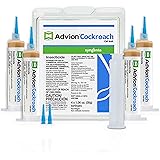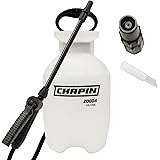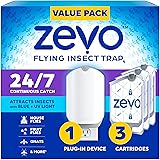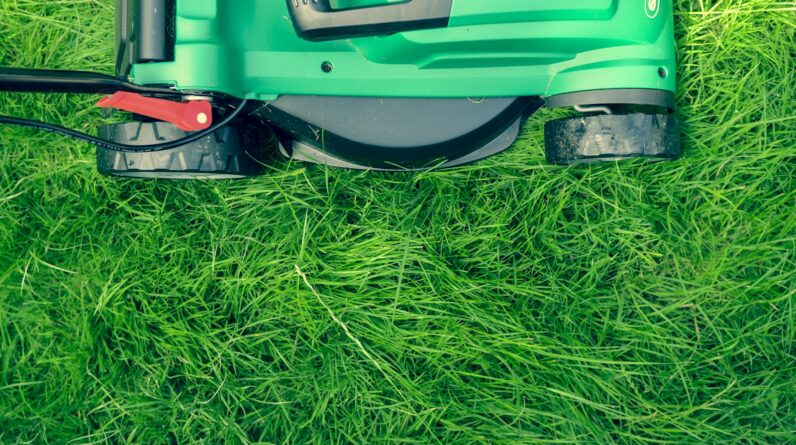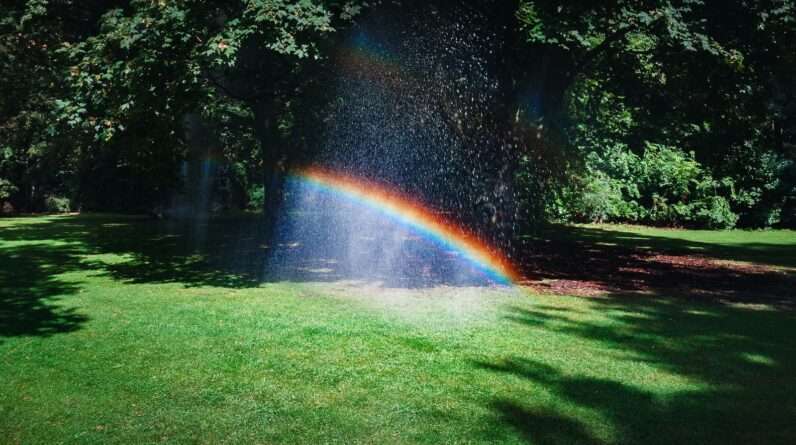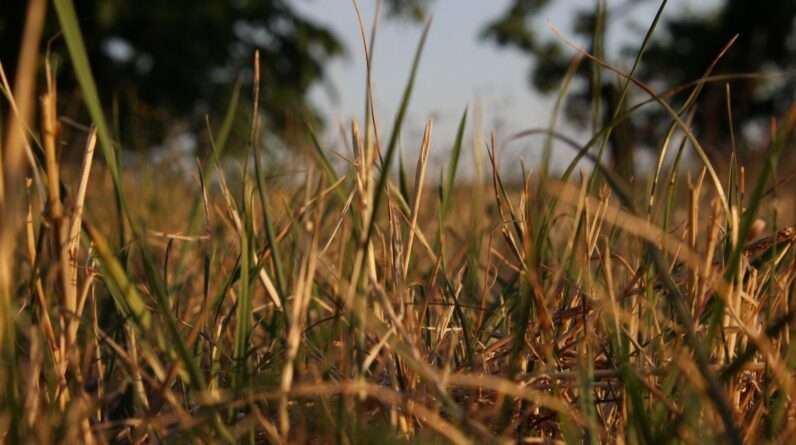
Are you tired of your lawn looking lackluster and unkempt? Wondering how to achieve that perfectly manicured lawn all year round? Look no further!
With our seasonal lawn care calendar, you’ll know exactly what to do each month to keep your lawn healthy and vibrant.
From winter preparation to fall overseeding, we’ve got you covered.
Get ready to take your lawn care game to the next level and become a true master of lawn maintenance.
Key Takeaways
- Start by aerating your lawn in January to ensure proper winter lawn preparation.
- Rake the lawn to remove debris and promote air circulation during early spring maintenance.
- Apply a pre-emergent weed control treatment to prevent weed germination during seeding and weed control.
- Set your mower blade at the proper height of 2-3 inches and water deeply but infrequently to promote strong root development during mowing and watering tips.
January: Winter Lawn Preparation
You should start by aerating your lawn in January to ensure proper winter lawn preparation.
Aerating your lawn involves creating small holes in the soil to allow air, water, and nutrients to reach the roots of your grass more easily. This process helps to prevent soil compaction and promotes healthy root growth.
It’s recommended to use a core aerator, which removes small plugs of soil from the ground. After aerating, you can also overseed your lawn with cool-season grass varieties to fill in any bare spots and improve overall lawn density. This will provide better winter lawn protection and help your lawn withstand harsh weather conditions.
Additionally, it’s important to continue regular winter lawn maintenance practices such as mowing at the appropriate height, fertilizing with a winter-specific formula, and watering deeply but infrequently to encourage strong root development.
February: Early Spring Maintenance
Have you started planning your early spring maintenance tasks for February? As the winter months come to an end, it’s crucial to prepare your lawn for growth and ensure it stays healthy throughout the year.
Here are four essential tasks to include in your early spring lawn care routine:
- Raking: Remove any remaining debris, such as leaves and twigs, from your lawn. This allows for better air circulation and prevents diseases.
- Aeration: Use a lawn aerator to create small holes in the soil. This promotes better water and nutrient absorption, resulting in healthier grass.
- Overseeding: Fill in any bare patches by spreading grass seed over the existing lawn. This helps to thicken your turf and prevent weed growth.
- Fertilizing: Apply a slow-release nitrogen-based fertilizer to provide essential nutrients to your lawn. This will encourage strong root development and vibrant growth.
By following these early spring maintenance tasks, you’ll be setting the foundation for a lush and thriving lawn throughout the year.
Happy gardening!
March: Seeding and Weed Control
When it comes to March, it’s important to focus on seeding your lawn and implementing effective weed control measures. This is the time when your lawn needs rejuvenation after the harsh winter months. To help you stay organized and ensure your lawn thrives, here is a simple lawn care calendar for March:
| Week | Tasks |
|---|---|
| 1 | Rake the lawn to remove debris and dead grass. |
| 2 | Overseed bare spots and thin areas. |
| 3 | Apply a pre-emergent weed control treatment to prevent weeds from germinating. |
| 4 | Mow the lawn to a height of 2-3 inches. |
| 5 | Spot-treat any existing weeds with a post-emergent herbicide. |
April: Mowing and Watering Tips
To maintain a healthy lawn in April, it’s crucial to regularly mow and water it. Here are some tips for mowing and watering your lawn effectively:
- Mowing techniques: Set your mower blade at the proper height, usually around 2-3 inches. Avoid cutting your grass too short, as it can stress the plants and make them more susceptible to diseases and weeds. Additionally, vary your mowing pattern each time to prevent soil compaction.
- Irrigation systems: Water your lawn deeply, but infrequently. Aim to give your lawn about 1 inch of water per week, either through rainfall or irrigation. Water in the early morning to minimize evaporation and disease risks. Consider installing an automated irrigation system to ensure consistent watering.
- Monitoring soil moisture: Use a soil moisture meter or simply check the soil by digging a small hole to determine if your lawn needs watering. If the top 2-3 inches of soil are dry, it’s time to water.
- Preventing overwatering: Avoid overwatering your lawn, as it can lead to shallow root growth and encourage weed growth. Adjust your irrigation schedule based on weather conditions and the needs of your lawn.
By following these mowing and watering techniques, you can maintain a healthy and vibrant lawn in April.
Next month, we’ll discuss the importance of fertilizing and soil testing in May to further enhance the health of your lawn.
May: Fertilizing and Soil Testing
Are you wondering how and when to fertilize your lawn in May, and if soil testing is necessary? May is an important month for lawn care, as it sets the stage for healthy growth throughout the summer.
Fertilizer application in May helps provide essential nutrients to your lawn, promoting lush green grass and strong root development. Before applying any fertilizer, it is recommended to conduct a soil test to determine the nutrient needs of your lawn. Soil testing provides valuable information about the pH level and nutrient content of your soil, allowing you to make precise adjustments with fertilizer. Consider the following table for a better understanding of nutrient analysis and fertilizer requirements:
| Nutrient | Ideal Level | Fertilizer Recommendation |
|---|---|---|
| Nitrogen | High | Apply a nitrogen-rich fertilizer to promote healthy growth. |
| Phosphorus | Medium | Apply a balanced fertilizer with moderate phosphorus content. |
| Potassium | High | Apply a potassium-rich fertilizer to enhance root development. |
June: Summer Heat Protection
You should apply a layer of mulch around your plants in June to protect them from the summer heat. Mulch acts as a barrier, helping to retain moisture in the soil and prevent weed growth.
Here are four key points to consider for your lawn maintenance this month:
- Lawn Watering: With the onset of summer heat, it’s important to adjust your lawn watering schedule. Water deeply and infrequently to encourage deep root growth and drought tolerance. Aim for about 1 inch of water per week, including rainfall.
- Mowing Height: Raise the cutting height of your lawn mower during the summer months. Taller grass shades the soil, reducing evaporation and promoting healthier roots. Set the blade height to around 3 inches for cool-season grasses and 2 inches for warm-season grasses.
- Weed Control: Keep an eye out for weeds and address them promptly. Hand-pulling or spot treating with an appropriate herbicide can help prevent weed competition and maintain a lush lawn.
- Pest Management: Monitor your lawn for signs of pests and take appropriate action if necessary. Grubs, chinch bugs, and armyworms are common summer pests that can damage your lawn. Treat as needed to prevent infestations.
July: Lawn Disease Prevention
Make sure to regularly inspect your lawn for signs of disease, such as discoloration or patches, and take immediate action to prevent the spread of lawn diseases in July.
Lawn disease identification is crucial in maintaining a healthy and beautiful lawn. Start by checking for any discolored areas or patches that may indicate the presence of disease. Look for signs of fungal infections, such as powdery mildew or brown patch disease.
If you notice any signs of disease, it’s important to act quickly to prevent further spread. Natural remedies can be effective in treating lawn diseases. For example, applying neem oil can help control fungal infections, while using a mixture of baking soda and water can help combat powdery mildew.
Regularly watering your lawn, avoiding over-fertilization, and proper mowing techniques can also help prevent lawn diseases.
August: Fall Transition and Overseeding
You can start preparing for the fall transition by overseeding your lawn in August. Fall overseeding is an essential step in lawn renovation, as it helps to fill in bare patches and promote a thick, healthy lawn.
Here are four important things to consider when overseeding your lawn this fall:
- Choose the right grass seed: Select a grass seed blend that’s suitable for your specific climate, soil type, and sunlight conditions. This will ensure optimal growth and longevity.
- Prepare the soil: Before overseeding, it’s crucial to prepare the soil properly. Remove any debris, loosen compacted soil, and amend it with organic matter to improve its quality.
- Seed distribution: Apply the grass seed evenly across the entire lawn to achieve uniform coverage. Use a spreader or a hand-held seeder for best results.
- Watering and maintenance: Keep the newly overseeded lawn consistently moist until the grass seeds germinate. Water lightly but frequently to prevent the soil from drying out. Regularly mow the lawn once the new grass reaches a height of about 3 inches.
Frequently Asked Questions
When Should I Aerate My Lawn?
The best time to aerate your lawn is in the spring or fall. Aeration helps to reduce soil compaction, improve water and nutrient absorption, and promote healthy root growth for a luscious lawn.
How Often Should I Water My Lawn During the Winter Months?
During the winter months, it is important to water your lawn less frequently. Aim for once every two weeks, making sure to give the grass a good soak. This will prevent overwatering and help your lawn stay healthy. Remember these winter lawn care tips!
Is It Necessary to Dethatch My Lawn in the Spring?
Yes, it is necessary to dethatch your lawn in the spring. Dethatching benefits your lawn by removing dead grass and allowing for better air and water circulation. There are various dethatching methods to choose from.
What Type of Fertilizer Should I Use for Warm-Season Grasses?
For your warm-season grass, choose a fertilizer that’s like a nutritious feast, packed with nitrogen to promote lush growth. Follow the best lawn care practices, ensuring proper watering and mowing heights for a thriving green carpet.
What Are Some Common Lawn Diseases That Can Occur in the Fall?
To prevent common fall lawn diseases, you should be aware of potential issues such as brown patch, dollar spot, and leaf spot. Regularly mowing, watering properly, and maintaining good soil health can help keep your lawn disease-free.


